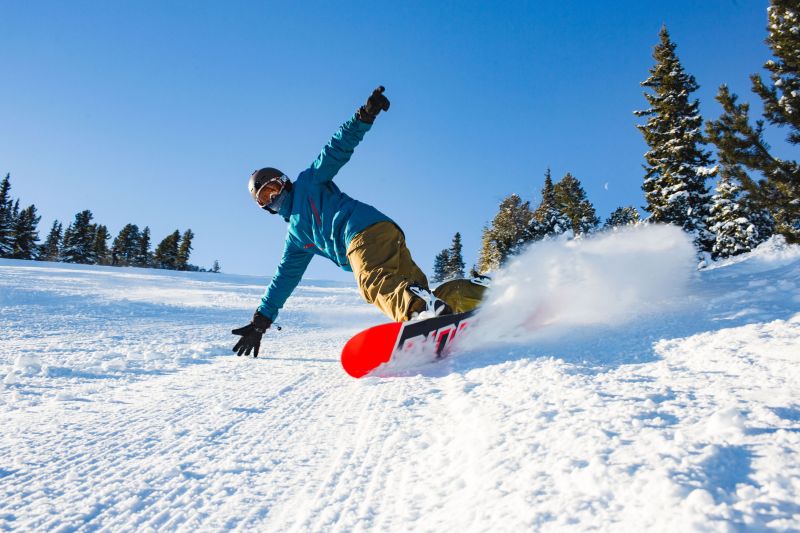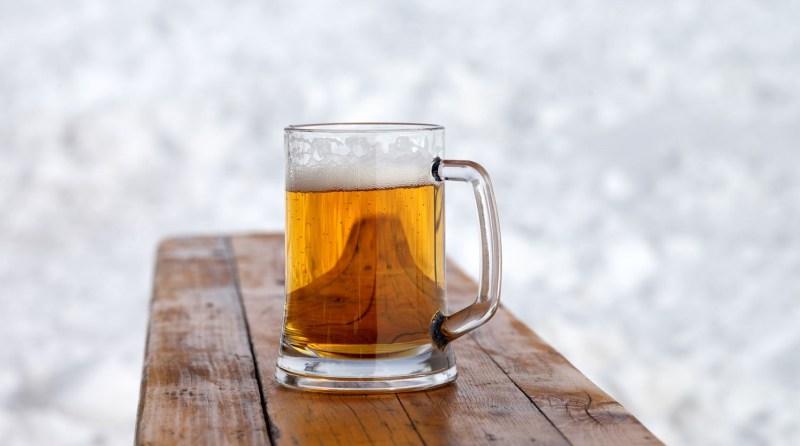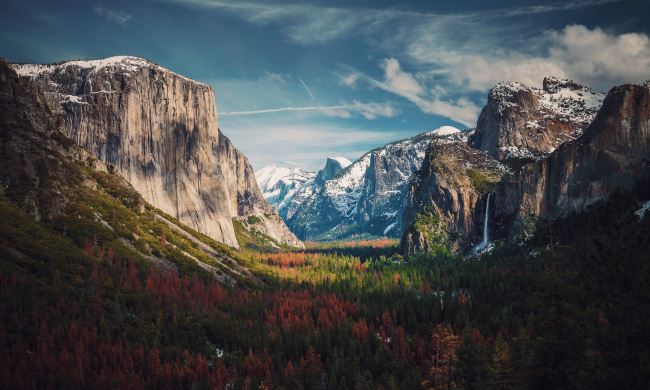
Spring is here. Winter is coming to an end, and it’s time to pack away your snowboarding gear for another summer, right? Wrong. As snowboarders, we always know that we’ve chosen the right sport — who’d want to be stuck on two sticks instead of one? — but if there’s any time of year those steadfast skiers are going to agree with us, it’s when the snow is soft and rad slush turns are in the cards.
If this is your first spring, and perhaps even summer of snowboarding, then welcome to what many consider the best time of the year. If you’ve been here before, then you know what you’re getting into. But do you know how to spring snowboard with the best of them?
Spring snowboarding comes with its own unique set of challenges, but in return, you get long, hot days under the sun and aprés like no other time of the season. Here’s how to make this year’s spring snowboarding the best ride of the winter.
Wax on
Spring snow rides slow. That slushy snow that lets you slash turns on the groomer also has a habit of slowing you down and even getting you stuck on those flat spots you cruised through mid-season. Spring snow creates a kind of wet friction, where there’s enough water in the snowpack that it almost creates a suction effect on your snowboard that slows your slide. The only way to combat this is by frequent and effective snowboard waxing.
For spring riding, you need to make sure you’re using a warm-weather snowboard wax, which works better with the rounded crystals that form in spring snow. These warm waxes are also slightly hydrophobic, meaning they disperse water and last a little longer in warm, wet snow. We strongly urge you to use eco-friendly waxes to minimize the impact we have on the mountain and help keep your snowboarding environment as pure as it should be.

Keep that UV at bay
It’s not just your snowboard that needs constant care and attention in spring conditions. Spring snowboarding is a prime time for sunburn and UV damage to your skin and your eyes. Not only are you getting hit by the sun from above, but it also reflects back up from the snow, so there’s no escape. Add to this the fact that you’re likely to be wearing fewer layers and often short sleeves, and you’ve got all the right conditions to find out too late that you didn’t protect yourself properly.
While it’s never a bad idea to load up on sunblock when you’re in the mountains, it’s especially important in springtime. If you’re still riding in a beaten old set of goggles, think about getting a newer set that has UV protection. When it gets too hot to wear goggles, make sure you’ve got a protective pair of sunglasses to keep your eyes safe and refresh your sunblock as often as you can. Don’t forget to get some lip balm with SPF, too. You might feel like this is overkill, but you want to be riding into old age, right? Protect yourself now.

Ride comfy, ride cool
Despite everything I want to believe, I am desperately uncool. But the one time I feel like I’ve got a tiny bit of style is when I get to bust out the lightweight bibbed snow pants and checkered shirt combo that I love to wear to ride in when spring snowboarding. I don’t care if you think I look like a low-budget lumberjack — I think it looks great, and more importantly, it’s super comfy. Those bulky winter layers that have kept you warm on frigid chairlifts can probably be safely stowed away in favor of lightweight, breathable snowboarding gear.
If it’s super slushy where you ride, you probably still want to wear some lightweight shell gear or hydrophobic layers, or you can end up soaked through and almost as cold as in mid-winter. If you’re committing to riding in a T-shirt, remember that bailing can be pretty rough on your arms. Most snowboarders prefer a lightweight hoodie or jacket for protection — this also doubles as UV protection. Whatever you wear, try to stay cool and comfortable, but maybe keep a jacket on hand for later in the day when the sun dips behind the mountain.

Get soft and sendy
Spring is the culmination of all your winter’s hard work. More importantly, it’s your last chance to lay down those sweet snowboard tricks into soft landings. Spring park laps are one of the major highlights of the season, where everyone is getting sendy, and everyone is there to be your hypeman when you finally stomp that tamedog or 360º.
That super stiff all-mountain machine might have seen you through the past few months and given you all the edge control you ever wanted as you carved your way through winter, but if you have the option, see out the season on a soft board. You’ll have a whole lot more fun being able to maneuver quickly through slush moguls, and the poppy flex of a soft board will let you play your way downhill. Shorter, softer boards also line up loads better for side hits so that you can put down those threes — just remember to look uphill.

Aprés your way
There’s a lot of aprés time on the slopes in spring. While I’m not condoning mixing alcohol and riding, there’s a lot of opportunity to enjoy your favorite beers on the mountain at the end of a hard day’s riding. Before you head out, load up your cooler into the back of your truck — pre-stocked with beers and ice — for some serious tailgating action. Why not go all out and be the envy of the parking lot? Throw in your grill or fire pit for a post-ride meal, as well as some lights, a speaker, and a charging unit to keep the whole thing powered up. Alternatively, hit the local bar for a few well-earned drinks.
Don’t forget to check out your resort’s end-of-season events list, too. These usually include plenty of on-slope action like pond skimming and park competitions, as well as wild parties and not-to-be-missed evenings as everyone reminisces over their latest season and makes the most of the final days of winter. Spring snowboarding and mountain life — it’s great.



